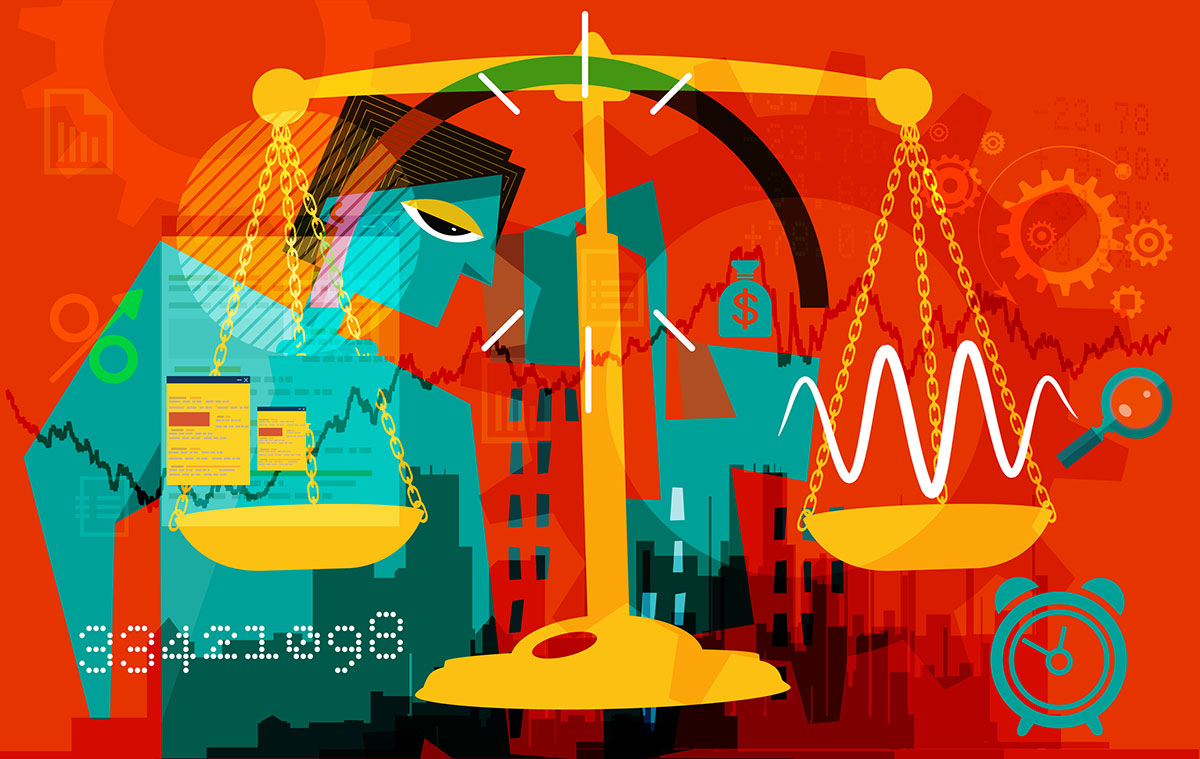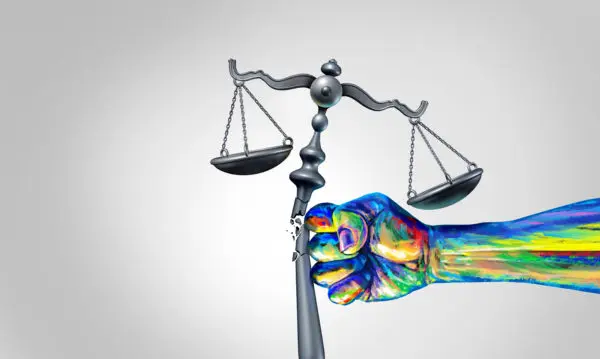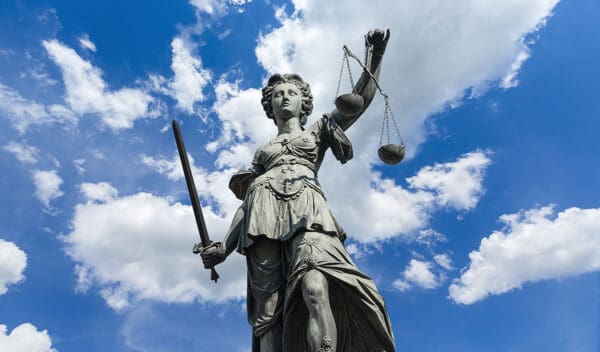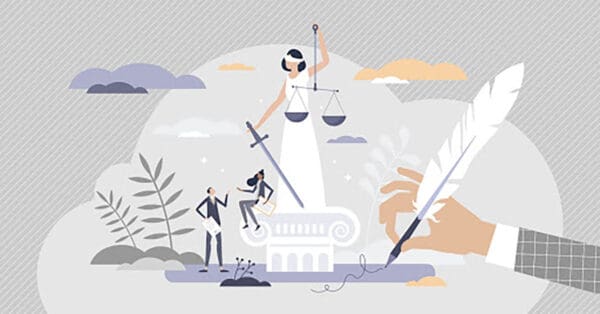Ever wondered why psychedelics are illegal?
Know the historical context & societal shifts that led to their prohibition. Explore the factors behind the ban.
Let’s start!
When Were Psychedelics Made Illegal in the US
There are several theories as to why psychedelics were made illegal, so it is likely that the answer will depend on who you ask.
For some, it might be a matter of public health and safety. Others suggest psychedelic medicines are prohibited because they compete with mainstream religion and the modern healthcare paradigm.
Some, like the late Timothy Leary, say psychedelics were made illegal because governments feared nations of free thinkers during a time of cultural shift.
People may point to the Nixon administration’s reactions to the anti-war and civil rights movements and the passage of the Controlled Substances Act as evidence that psychedelics were seen as a threat.
But if you think psychedelics were first targeted under Nixon’s War on Drugs and Controlled Substances Act, you’d be missing the larger picture.
For those who experience the benefits of psychedelic therapy and plant medicines, it is common to find some hypocrisy in U.S. drug laws. The irony is that both psilocybin and MDMA have received Breakthrough Therapy Status designation, and yet, remain Schedule 1. By definition, Schedule 1 drugs have no medicinal value. Period. Meanwhile, the apparent therapeutic benefit of psychedelics has been shown consistently in clinical trials and through decades of anecdotal evidence — not to mention millennia of medicinal and spiritual use amongst indigenous groups. So, how did we end up here?
As one begins to realize that psychedelic drugs have been unnecessarily stigmatized and criminalized, it is common to look for answers and ask why things evolved to the point that the United States is the most heavily incarcerated nation globally— and maybe, what you can do about it.
Psychedelics were made illegal for many reasons, mainly because psychedelics are legally defined as drugs, and the United States operates and profits from a drug war economy.
Are Psychedelics Drugs?
Many people who try to reform psychedelic drug laws claim that psychedelics are not drugs, but perhaps, an entheogen, a medicine, or a sacrament as holy as the eucharist or sacramental wine — only quite different pharmacologically. Even still, magic mushrooms, opium poppies, San Pedro cactus, and ayahuasca all contain illegal and dangerous compounds in the eyes of the U.S. government.
Technically speaking, psychedelics fall under the bracket of drugs, but so does caffeine. And depending on the expert you’re talking to, so does sugar. Most food on supermarket shelves is mixed with drugs, both naturally occurring and synthetic. A drug is merely a substance that interacts with our neurochemistry once our body metabolizes it.
But, because of the drug war and mass media propaganda, most people only associate drug use with overdose rates and criminal behavior. Those things are not, strictly speaking, the result of drug use. Instead, they are the result of the drug war, or more specifically, the war on people who use drugs.
When it comes to psychedelics, some prefer not to call these substances “drugs” because this term has carried a negative connotation for the past few decades. But, the word itself is just a noun that means “a medicine or other substance which has a physiological effect when ingested or otherwise introduced into the body.”
It’s important to remember that the connotations associated with the word “drug” are subjective to our own experiences and based on social and cultural interpretations.
People who use psychedelics frequently dislike identifying as drug users — that might be because they have a restricted idea of who drug users are. Alcohol, for example, can be both sacramental wine and toxin. Use, context, set, and setting, can imply different meanings of drug use for the participant. And if use can be flexible, then so might judgment of use.
One reason the United States suffers such high rates of substance use disorder is because of the stigma attached to drug use, and the shame applied to people who use them. It is imperative that evolving drug policies around psychedelics do not perpetuate the shame and stigma placed on people who use drugs. And the best way to do that is to end the drug war, not just the prohibition of psychedelic drugs.
Why Are Drugs Illegal?
Recall that from 1920-1933 the United States prohibited the production and distribution of alcohol. During that era, the demand for illicit alcohol supported the emergence of criminal networks that competed for market share and supply. As was very clear by the end of the prohibition period, making something illegal does not limit its use but rather increases the risk of harm.
But in 1966, President Johnson signed the Drug Abuse Control Act into law, making the possession of psychedelics a crime. But President Nixon passed the more comprehensive Controlled Substances Act in 1970. This established a federal program to enforce drug laws.
According to the DEA, drugs are scheduled around three primary considerations: potential for abuse, accepted medical uses, and addiction potential. Drugs that were listed as “controlled substances” were found to have higher risks of abuse and harm as defined by the commission.
Psychedelics were included in the most dangerous class, Schedule 1, from the very beginning. And because it produces mescaline — the first synthesized psychedelic compound — even sacramental peyote was included on the original drug schedule.
-What was so dangerous about psychedelic drugs that they were classed as Schedule 1 and not at a less restrictive level, like Schedule II, which would have allowed for research and medicinal benefit?
-Why was it necessary to terminate existing studies and block future research with psychedelics?
-What was the actual threat to public health and safety in the eyes of the Nixon Administration that passed the CSA?
It’s essential to remember that the CSA did not make the possession of a controlled substance a felony. It created a closed system of distribution for producing, selling, storing, and taxing controlled substances — and that is something the United States has been doing since the early days of the nation.
To truly understand why psychedelics were made illegal, we might have to go back 250 years.
Alcohol and Excise Taxes
In the eyes of the U.S. government, issues of drug misuse are not a matter of public health but a matter of criminal justice — and taxes. To understand why psychedelic drugs are illegal, one might look to the early days of post-Revolution America, to a nation $25 million in debt, and the Western frontiers of Pennsylvania where home distilling was central to the local economy and culture.
The Whisky Excise Tax placed an undue burden on rural citizens with small distillery operations who were using whiskey as a form of monetary exchange. The tax was proposed and justified by the first Treasury Secretary, Alexander Hamilton, who determined alcohol an immoral luxury.
Fifteen years after “no taxation without representation,” the United States had its first “sin tax.” It was not about raising taxes to combat alcohol misuse; it was about taxing people who use alcohol to pay for the government’s operations. That did not land well with former British subjects who had just endured a revolutionary war.
Between 1791 and 1794 the Whiskey Rebellion rose in the Western Pennsylvania frontier as distillers refused to pay a tax they felt no obligation to. The rebels tarred and feathered tax collectors launched a small militia of 500, and were eventually put down by Washington’s troops numbered 13,000. The message was clear — taxes would be enforced by threat of violence.
It was an early lesson in the definition of liberty for the new government and its citizens, one that would come up again 200 years later in the case of MDMA scheduling.
Government Interventions on Cultural Sacraments
In 1906 the Pure Food and Drug Act established the first federal standard of health and safety for consumers. Cocaine and opium medicines were still available over the counter but had to be labeled accurately. The stated intent was to require labeling of potentially harmful products and to establish some sanitation principles in food production, but it fell short because it did not require any testing. Still, it was the first step towards a comprehensive federal drug law.
But, without testing, drugs intended to help cause many inadvertent harms. With the passage of the 1914 Harrison Narcotics Act, potentially harmful drugs would now be taxed, and distributed by licensed providers, and their use restricted to medicinal purposes only. At the time, substance use disorder was not a medical condition.
Supporters of the act included the Bureau of Indian Affairs, which pointed to mescaline as the dangerous narcotic found in peyote that prevented the Native Americans from assimilating into European-based cultures. While some advocated for Indian Conservation, most of those who held roles with power over Native American affairs argued instead for Indian Assimilation — and peyote was their public enemy number one.
If not for the incredible effort of the newly formed Native American Church and the handful of anthropologists and senators who spent years presenting evidence of peyote’s sacred use, then this might have been the first psychedelic to be made illegal in the United States.
In modern times, many people see their use of psychedelics as sacramental, and some claim the right to spiritual experience is protected by the 1st Amendment. While this is clearly in a different context from the Native American Church, it is worth noting that many attempts have been made to legitimize the use of psychedelics for spiritual health and practice.
Indeed, many anecdotal reports reveal that people work with psychedelics in a spiritual way, often calling the drug or plant medicine an “entheogen,” which means “to inspire the divine within.”
Considering what is now known about psychedelics and their ability to catalyze mystical-type experiences that support long-term behavioral change and encounters with “God”, some people might compare drug laws to religious oppression.
From Prescription Drugs to the Controlled Substances Act
In 1930, Harry J. Anslinger was appointed as the founding commissioner of the Federal Bureau of Narcotics. Over the next several decades, Anslinger would inspire punitive drug laws — not laws informed by public health or medical ethics.
By 1938 the Federal Food, Drug, and Cosmetic Act replaced the original 1906 Food and Drug Act, requiring additional testing of new pharmaceuticals before they went to market. A necessary measure on one hand, but a first step in creating a federal drug war. Meanwhile, Anslinger launched an all-out offensive on cannabis with the passage of the Marijuana Tax Act in 1937.
Anslinger took his teachings from Edward Bernays, the nephew of Sigmund Freud and father of behavioral advertising, and author of the 1928 groundbreaking work Propaganda.
Bernays famously writes about the role of marketing, “Those who manipulate this unseen mechanism of society constitute an invisible government which is the true ruling power of our country. Our minds are molded, our tastes are formed, largely by men we have never heard of.”
Not only did Anslinger use media to shape society with fear and shame tactics, but also to shape the practice of medicine. During those years, any physician seeking to treat patients going through withdrawal was subject to incarceration — many physicians were incarcerated. This toxic stigma still impacts the field of healthcare today. By the time he retired in 1962, Anslinger had paved the way for Nixon’s War on Drugs.
Facing incredible opposition to the Vietnam War while seeking to secure another election, Nixon and his administration leveraged prohibitive drug laws against the anti-war activists and cultural reformers that posed the loudest threat.
Psychedelics were made illegal in 1970 under the Controlled Substances Act because this allowed police to profile and incarcerate political opponents.
MDMA and the Modern Psychedelic Scene
Depending on who you ask, MDMA was almost spared its fate as a Schedule 1 drug.
The substance gained popularity after the passage of the CSA in 1970 because it was not Scheduled, was non-hallucinatory, and elicited profound feelings of well-being (it was called a euphoric). While the mescaline-derived drug made its way through the music scene, therapists reported incredible success for its use in therapy and were developing protocols for use in research — all while knowing that one day the Scheduling discussion would come up.
Despite decades of peer-reviewed research and months of expert testimony, in 1985, the DEA used its new emergency powers granted under the Comprehensive Crime Control Act of 1984 and placed MDMA on Schedule 1 as part of a highly controversial — and possibly illegal move. The details are complicated, and the media played a large part in stirring public opinion around the issue. Still, there is one piece of evidence that might be most telling in hindsight.
There is currently no patent on MDMA, a drug initially synthesized back in 1912. While its therapeutic potential was being documented and explored by therapists, the drug was also being sold on the underground — legally — but outside of regulations. No one was collecting taxes on the 30,000 ecstasy pills sold in Dallas monthly, not to mention how many were being sold nationwide. This echoed the tax evasion of Al Capone and the era of alcohol prohibition. Thus, MDMA was added to the Controlled Substances Act.
Ending the Prohibition of Psychedelic Drugs
Whether for healing, spirituality, or recreation, the use of drugs is not an immoral act. It may be a criminal act, but criminal law is subject to change as societies evolve, mature, and heal from their own inherited traumas. Psychedelic drugs were made illegal for reasons of money, power, and control — not for reasons of public health.
As it currently stands, it is likely that MDMA and psilocybin will be rescheduled in the coming decade — or sooner. And, some people will have access to therapists that work with psychedelics and will soon have a chance to overcome what might have amounted to a lifetime of suffering. And while this is to be celebrated and should be advocated for, it is important that we do not forget the bigger picture and the narratives involved.
Rescheduling psychedelics will not end the drug war. And legalizing only some psychedelics will not address the more significant issue at hand. Drugs can be dangerous, but that is not the reason they are illegal.
Psychedelics are illegal for profit and punishment, not to keep people safe. Rather, modern approaches to harm reduction and sensible drug use can help people stay safe, whether they use psychedelic drugs in a clinic, at a private event, or simply at home. As a psychedelic healthcare paradigm is reborn, U.S. society may yet rebuild its framing of “drugs”, and the people who use them.
Faqs & Key Takeaways:
Are psychedelics illegal at the present time?
The legality of psychedelics varies by jurisdiction. In some places, certain psychedelics are illegal, while others are decriminalized or allowed for medical use under specific conditions.
Why are psychedelics stigmatized?
Psychedelics have faced stigmatization due to cultural misconceptions, fear of the unknown, and historical narratives. Media portrayals, political agendas, and lack of scientific understanding have contributed to their negative perception.
Why were psychedelics criminalized in the United States?
Psychedelics were criminalized in the United States due to political and social factors, including concerns about counterculture movements, fear of social unrest, and misunderstandings about their effects.
When were psychedelics made illegal for the first time in the US?
The first significant federal action to regulate psychedelics in the US was the passage of the Controlled Substances Act in 1970, which categorized substances like LSD, psilocybin, and DMT as Schedule I drugs, making them illegal.
When did LSD become illegal in the United States?
LSD was first criminalized in the United States with the passage of the Drug Abuse Control Amendments in 1965, which prohibited the possession and distribution of the substance outside of approved medical research.
Read More About Psychedelics:








